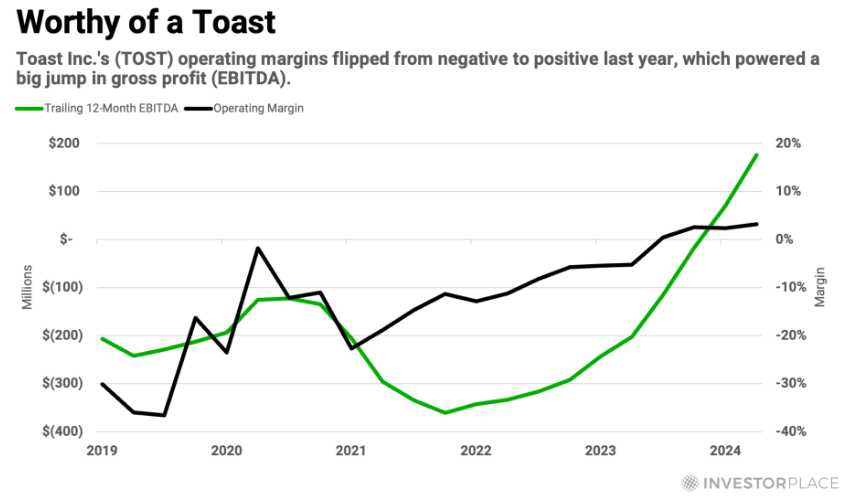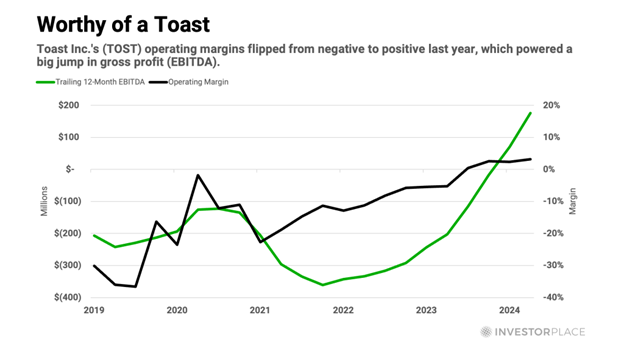Nvidia’s Stock Recovery: Key Factors Driving Future Growth
A long-time favorite in the Stock market, Nvidia‘s (NASDAQ: NVDA) Stock experienced a significant decline, dropping over 40% from its 52-week high in January 2025 to a low in April 2025. Concerns regarding potential reductions in enterprise spending on artificial intelligence (AI) infrastructure and ongoing tariff conflicts raised investor apprehensions.
Recently, however, investor sentiment has shifted positively. Nvidia’s announcement of a partnership with Humain, an AI-focused branch of Saudi Arabia’s Public Investment Fund, has fueled optimism. Consequently, the Stock has rebounded, reporting a 30% increase in the past month. Although it still sits about 9% below its January peak, the company appears well-positioned for significant growth. This anticipation comes as Nvidia prepares to release its first-quarter 2026 earnings results (ending April 27) on May 28.
Nvidia’s Stronghold in the AI Infrastructure Market
Nvidia firmly leads the data center graphics processing unit (GPU) market, holding approximately a 90% market share. The company is set to capitalize on the anticipated surge in data center capital expenditures, which are expected to rise from around $500 billion in 2025 to $1 trillion by 2028. Major cloud providers continue to commit to investing in AI infrastructure, contradicting concerns about a potential slowdown in AI spending.
The demand for Nvidia’s Blackwell architecture systems demonstrates its sustained market position, generating $11 billion in revenue during the fourth quarter. Blackwell has been optimized for inference workloads, which includes real-time AI model deployment. As inference presents a larger financial opportunity compared to training workloads, Nvidia’s advancements position it favorably in the market.
Investment in American-Made AI and Product Innovations
In April 2025, Nvidia announced plans to invest up to $500 billion in AI infrastructure in the U.S. over the next four years, in collaboration with various manufacturers. Both AI chips and supercomputer components will be sourced domestically, helping the company alleviate supply chain vulnerabilities tied to geopolitical tensions.
Nvidia isn’t just enhancing hardware; it’s also focusing on maintaining its technical edge in the AI chip market. The company intends to launch the Blackwell Ultra system in late 2025 and the next-generation Vera Rubin architecture in 2026.
The organization has also built a comprehensive software ecosystem, primarily using the CUDA programming model, NVLink, and Spectrum-X networking technologies. With 5.9 million developers utilizing these resources, Nvidia has established a formidable competitive advantage that is challenging for rivals to match.
Recent Positive Developments
In May 2025, the U.S. Department of Commerce revoked the Biden-era AI Diffusion interim rule, which was to be enacted on May 15. This change benefits Nvidia by lifting restrictions on AI chip exports to various countries, allowing for stronger international revenue projections for the rest of fiscal 2026.
U.S. Treasury Secretary Scott Bessent further announced a significant decrease in trade tensions between the U.S. and China. U.S. tariffs on Chinese goods have dropped from 145% to 30%, and Chinese tariffs on U.S. imports decreased from 125% to 10% during a 90-day pause. President Donald Trump has labeled this shift a “total reset” in U.S.-China relations, creating an increasingly favorable environment for international business.
Lower tariffs position Nvidia advantageously due to its reliance on a global supply chain for components. This reduction in cost pressures may lead to improved margin projections in upcoming quarters.
Financials and Valuation
Nvidia has recorded impressive revenue growth in recent years, projecting revenues of $43 billion (plus or minus 2%) for the first quarter of fiscal 2026, reflecting a year-over-year growth rate between 63% and 67%.
Despite this robust growth, Nvidia’s current trading price reflects a forward earnings multiple of 25.4, significantly below its five-year average of 69.2. This discrepancy suggests the stock may be undervalued given its market position.
Given Nvidia’s advanced AI ecosystem, cutting-edge products, and a history of exceeding revenue guidance, the likelihood of reporting better-than-expected first-quarter results seems high. It can also provide optimistic guidance for the second quarter of fiscal 2026, which may enhance investor confidence and lead to increased earnings estimates.
Considering its current valuation, Nvidia’s Stock is poised for potential growth in the coming months.
The views and opinions expressed herein are the views and opinions of the author and do not necessarily reflect those of Nasdaq, Inc.




